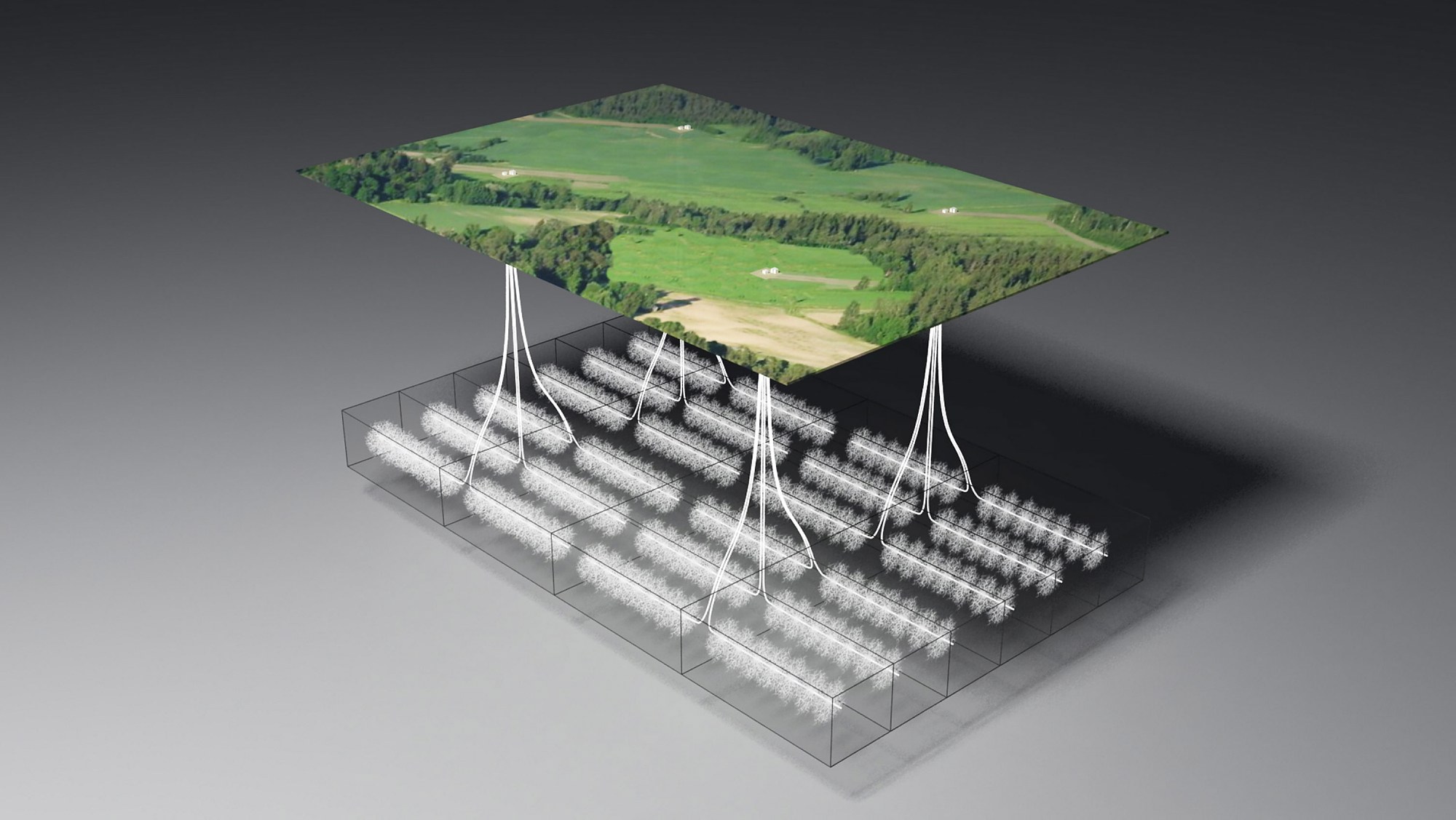Million Dollar Way points to an amazing article at drillingcontractor.org. It opens with a promo video for a National Oilwell Varco drilling rig. Check out the cool animation at the end on how their rig sets up.
The article has a lot of background on the Bakken field, different technologies involved, some discussion on the geology of the field, what some of the major players are doing, and lots of details on drilling. Much there is a stretch for me, but a very good stretch.
Continue reading “Great animation of a drilling rig setup and superb background on Bakken”
